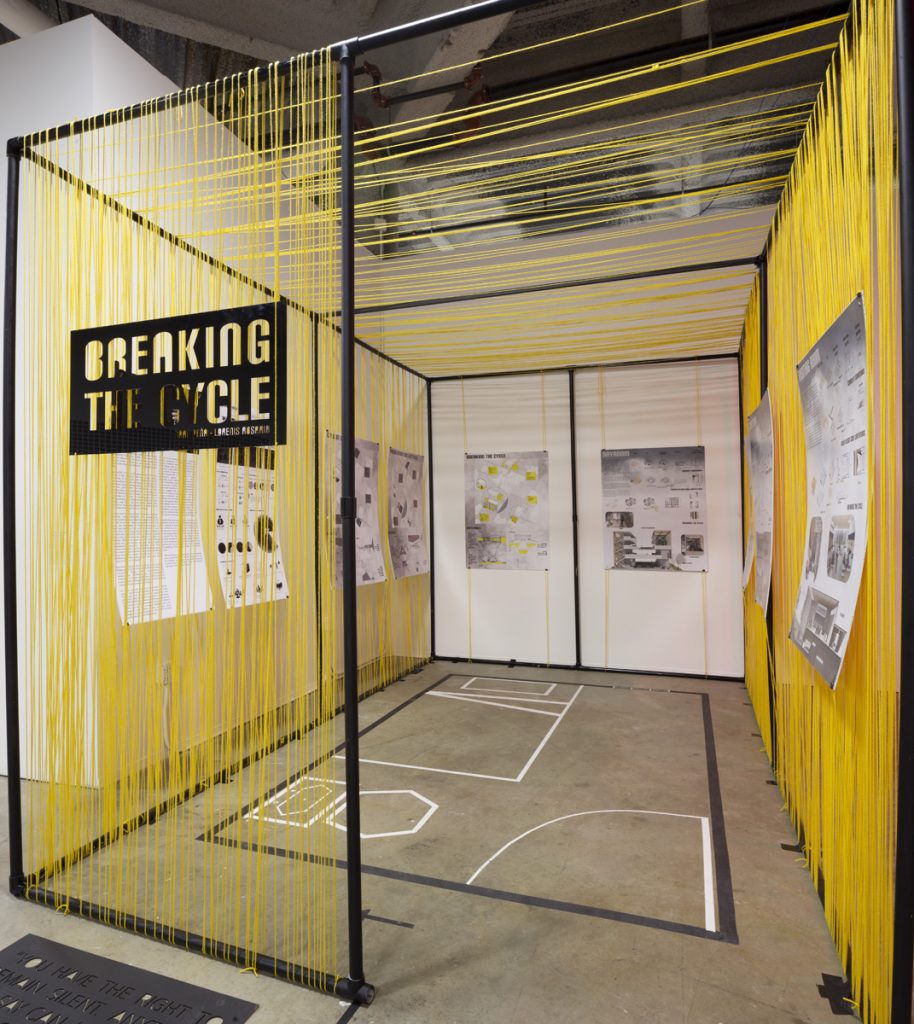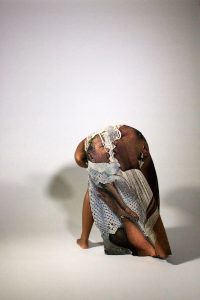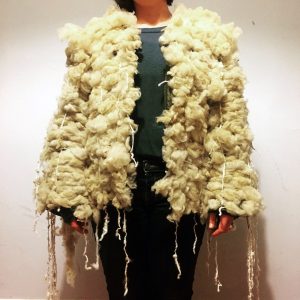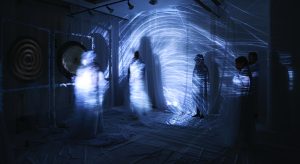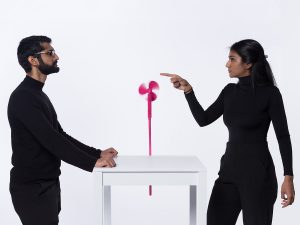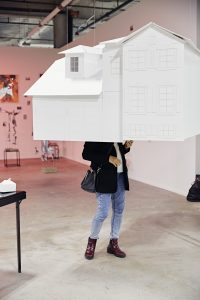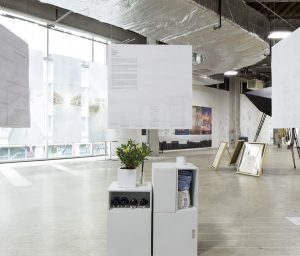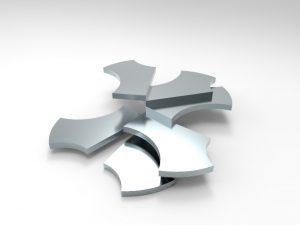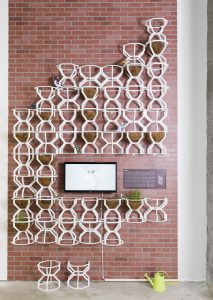The dehumanization process takes place. They shave your hair, they take your individuality, give you uniforms, you’re just a number. They take away what makes you, you.
Prisons reflect an unattractive side of human nature, representing those who violate social norms. This negative associa- tion, and how society chooses to sanction those violations, is what guides prison architecture towards punishment, and against human rights.
Owning 25% of the world’s prisoners, the US. ranks as one of the countries with most crimes. Illinois being one of the states with most prisons itself. Statistics show that 68% of prisoners commit a crime after three years of being released, and 77% return after five years. With this information we ask ourselves why would someone want to go back into prison? And the answer is simple, the current system forces them to. Ex-cons go back to prison due to difficulty finding jobs, broken relationships with their families, and simply because society rejects their potential of becoming productive members, which only forces them to go back to old habits.
America and its prisons have evolved as separate countries, rules, standards, and expectations. Imagine waking up every day to the same routine for the rest of your life. Open your eyes to a dark tiny room, eat, work, back to that repressed space in which you can touch both walls by stretching your arms, work, eat, and get locked up again to repeat it all tomorrow. Prisoners in solitary confinement spend 23hrs a day inside their cells, with only 1 hr a day for exer- cise. We can all agree that this mind-numbing routine can only worsen anyone’s mental health, dehumanizing prisoners, depriving them from contact with others, and limiting their physical space.
Acknowledging that this is a cultural/social problem, Breaking The Cycle envisions to rethink the design of correctional facility interior environments. We believe that architecture has potential to contribute to inmate rehabilitation within a prison by creating fresh and healthier spaces in order to reduce stress and violence between inmates. It’s been proved that the incarceration system spends more money by keeping someone in prison for a year than they would by paying for their education. Why not invest in prisoner’s rehabilitation instead? Architectural sensorial therapy in hospitals have proven to improve people’s mental and physical health, with the use of natural lighting, color, and interaction with nature. These are only minor changes in prison regulations that could promote good behaviour and rehabilitation.
As part of the investigation we are conducting studies that examine the core principles of interior architecture related to lighting, materiality, nature, relationships and interactions. Current materiality in prisons tend to be rigid and cold because of prison design standards that require such materials to be easily cleanable, provide minimum sound transmis- sion and fire protection. This should not suggest that only concrete and steel shall be used in this facilities. Softer and warmer materiality also complies with these standards and can make radical changes within prison atmosphere. Work- ing with the architectural prison design code, and incorporating the use of new technology such as virtual reality, people will be able interact with the before and after of a prison cell, helping us to collect data through surveys. This data collec- tion will guide future design decisions on specific environments within correctional facilities.
Breaking The Cycle seeks to open a discussion for questions such as: How can architecture support the methods of reha- bilitation and healing? What can architecture do and what are the limits of architecture in this matter? And, can archi- tecture in fact change behavior, or be an agent of change in society? With these questions, our investigation also seeks to open the field of architecture in order to bring broad ideas to the table and design architecture with fresh eyes. For that reason our research led us towards architecture as a psychological element, in which architectural design seeks to appeal to all 5 senses with the purpose to learn how the insides of buildings influence the insides of the human mind.
“We have the prison system we built. We have the prison system that over time we design, and it can be re-design. Just imagine if we invested in people instead of prisons.” Johnny Perez. Safe Reentry Advocate, Urban Justice Center



